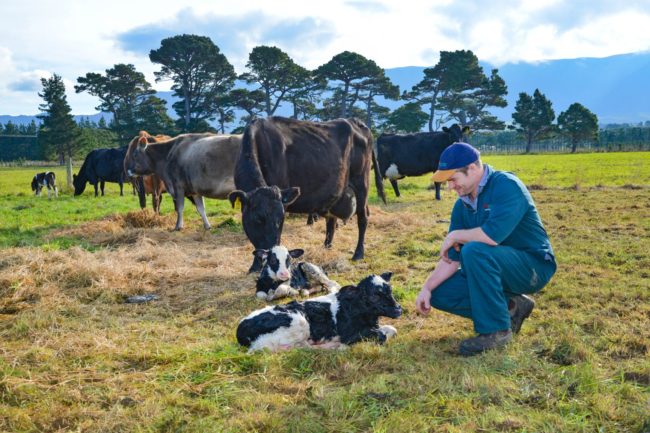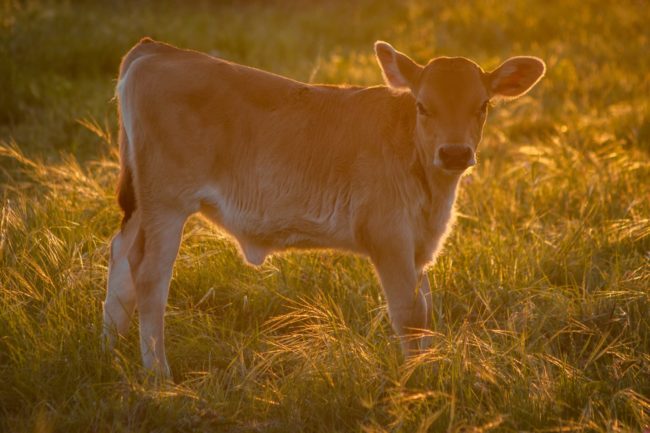Drench Checks
Do you know whether that drench you just gave your stock is working? They may look to be free from signs of parasitism, but a drench can have lost a significant amount of its efficacy before you will notice any clinical impact. Continued use of a poorly effective drench is a perfect recipe for building…
Details







